Optimal Timing for Concrete Installations
Concrete installations are highly dependent on weather conditions. The optimal time for pouring concrete is during periods of moderate temperatures and low humidity. This ensures proper curing and minimizes the risk of cracking or other issues.
Spring offers mild temperatures and lower chances of rain, making it suitable for concrete work. However, fluctuating temperatures require careful planning.
Summer provides warm weather that promotes rapid curing. Care must be taken to prevent excessive heat, which can cause cracking.
Fall's cooler temperatures and lower humidity levels are ideal for concrete installation, reducing the risk of thermal cracking.
Winter is generally not recommended due to cold temperatures that hinder curing and increase the risk of freeze-thaw damage.

Ways to make Concrete Installations work in tight or awkward layouts.
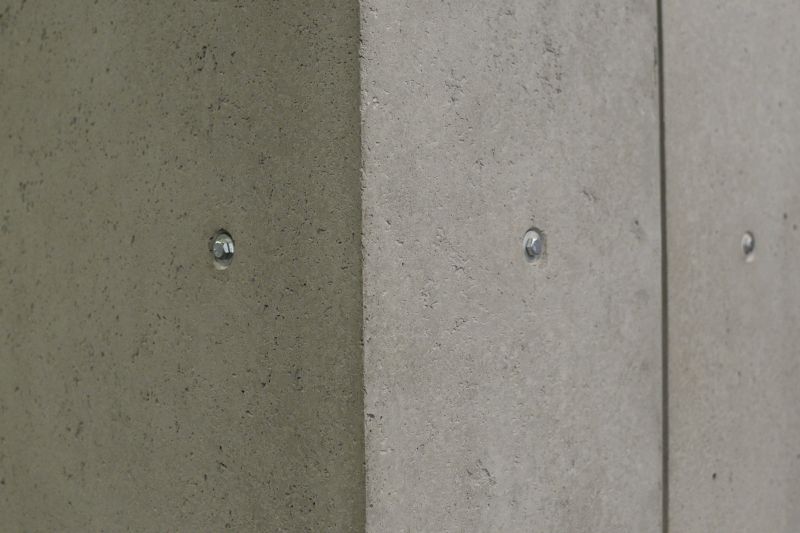
Popular materials for Concrete Installations and why they hold up over time.
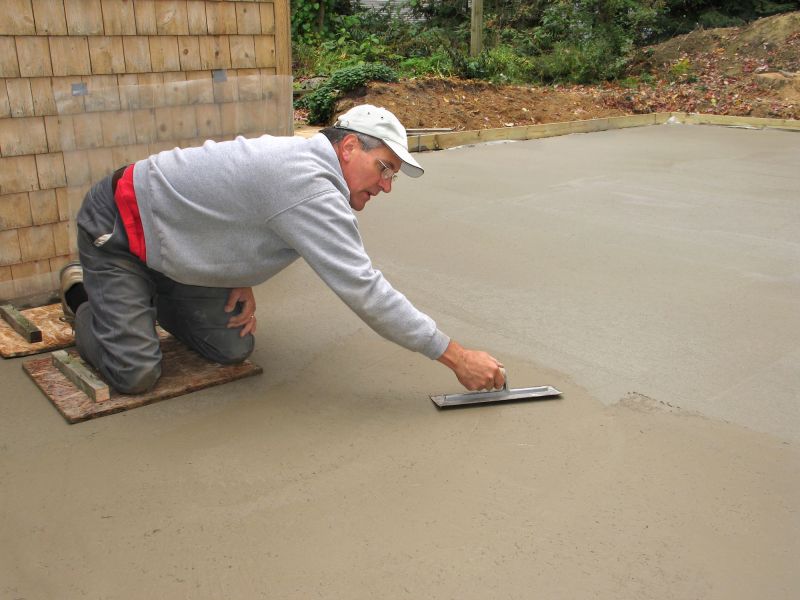
Simple add-ons that improve Concrete Installations without blowing the budget.
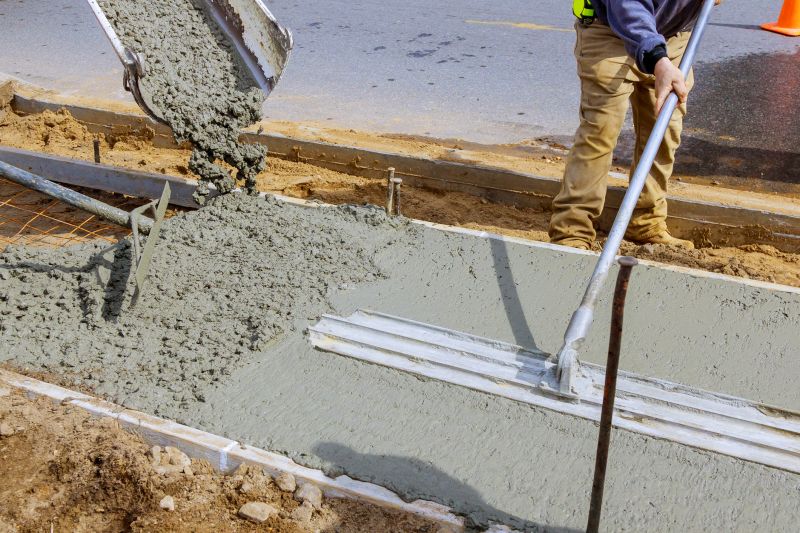
High-end options that actually feel worth it for Concrete Installations.
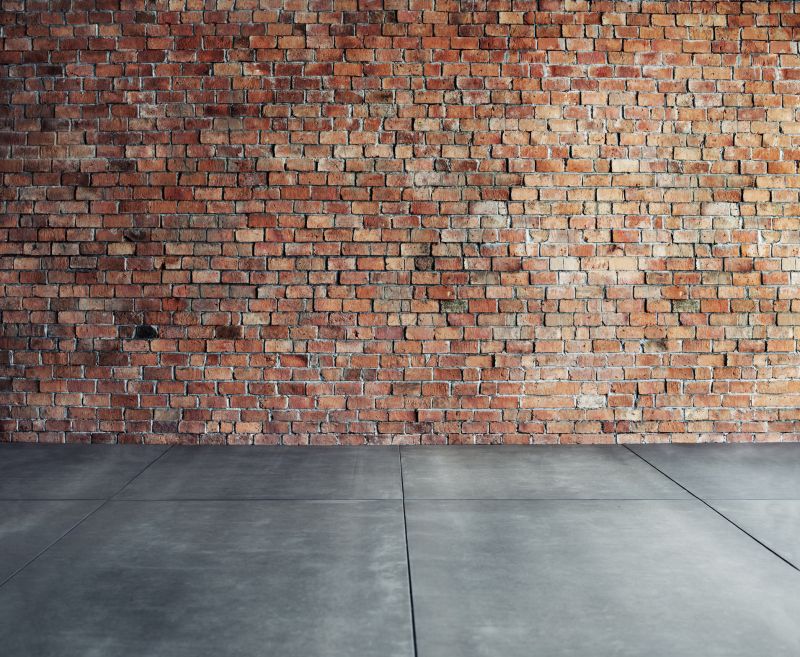
Finishes and colors that play nicely with Concrete Installations.

Little measurements that prevent headaches on Concrete Installations day.
Concrete installations involve preparing a stable base, proper mixing, and precise pouring techniques. The curing process is critical to achieving durability and strength. Weather conditions significantly influence each stage, from mixing to finishing. Proper timing ensures that the concrete sets correctly and reduces potential issues like cracking or surface defects.
| Season | Ideal Conditions |
|---|---|
| Spring | Moderate temperatures, low humidity, minimal rain |
| Summer | Warm weather, avoid excessive heat |
| Fall | Cooler temperatures, low humidity |
| Winter | Cold temperatures, not recommended |
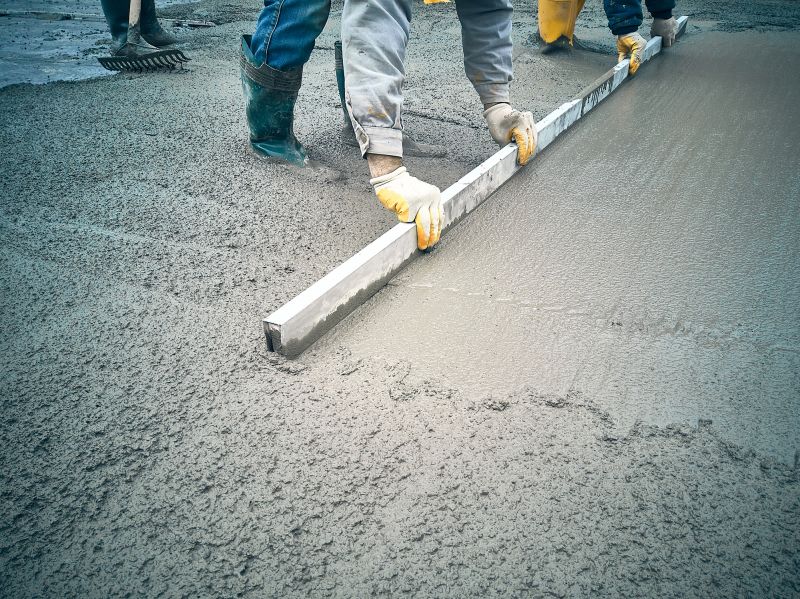
A 60-second routine that keeps Concrete Installations looking new.

A frequent mistake in Concrete Installations and how to dodge it.
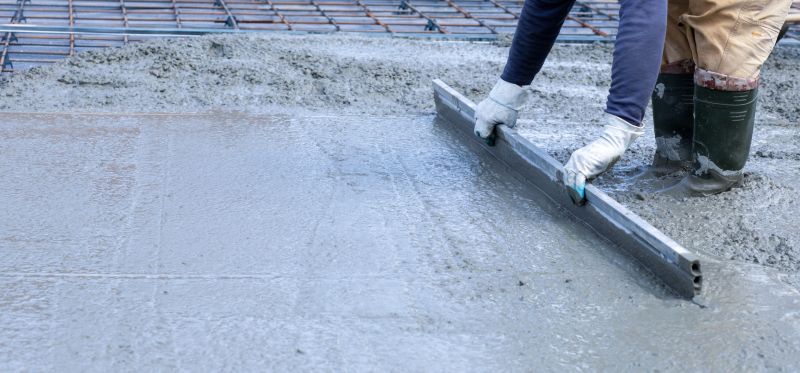
Small tweaks to make Concrete Installations safer and easier to use.

Lower-waste or water-saving choices for Concrete Installations.
Understanding the best timing for concrete installation can lead to improved durability, appearance, and performance of the finished surface. Proper planning around seasonal weather patterns ensures that concrete sets correctly and maintains its integrity over time. Consulting with experienced professionals can help determine the most suitable timeframe based on local climate conditions.
Contact professionals to determine the most appropriate time for concrete installation based on local weather patterns.
Proper site preparation and scheduling can optimize concrete curing and longevity.
Monitoring forecast conditions helps in planning and executing concrete work effectively.
